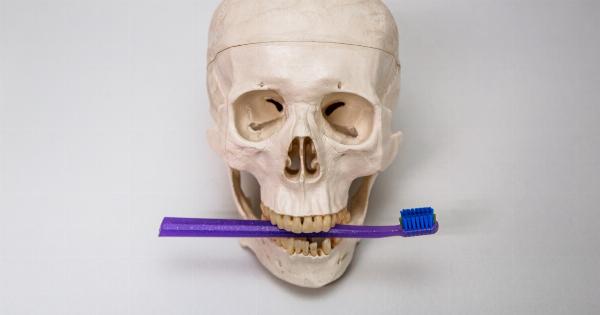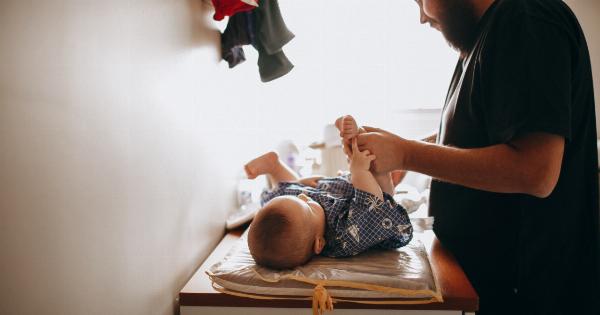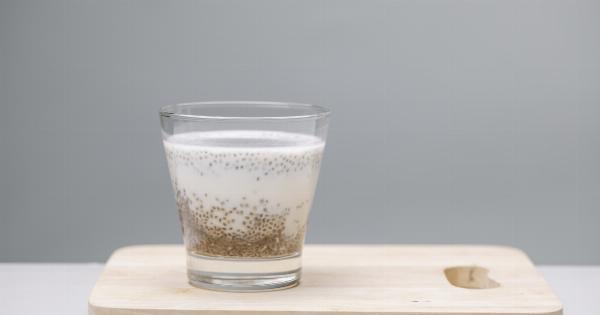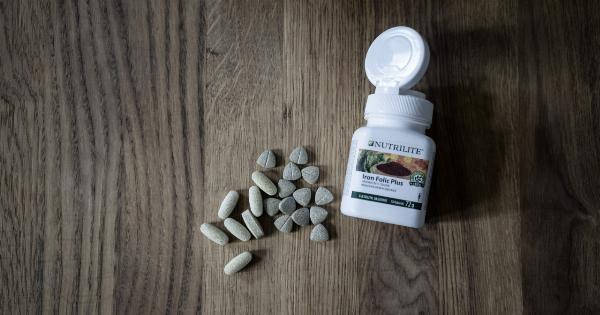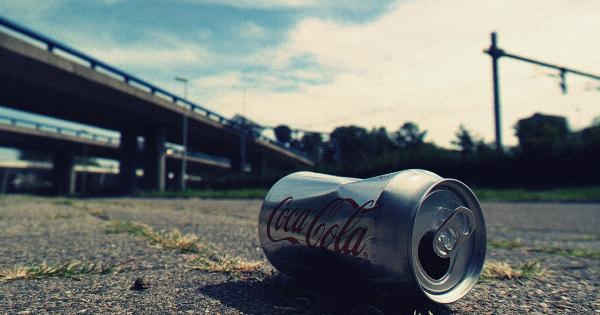Wine consumption has been a topic of debate in the healthcare industry for a while now.
While moderate wine consumption has been associated with positive health benefits like reducing the risk of heart disease and certain types of cancer, it’s also linked to an increased risk of osteoporosis. Osteoporosis is a condition characterized by low bone density, which makes bones more susceptible to fractures. Women are more susceptible to osteoporosis than men because of differences in bone mass.
Therefore, this article will explore the impact of wine on osteoporosis in women and the quantity of wine that is safe for consumption.
The Link between Wine and Osteoporosis
Wine contains alcohol, which can interfere with bone formation and strength. Chronic alcohol consumption can lead to reduced bone mass, which is a primary risk factor for osteoporosis.
Wine also contains polyphenols, which have been found to have bone-protective effects. Polyphenols act as antioxidants and can help reduce inflammation and oxidative stress, which are factors that contribute to bone loss.
Therefore, it’s essential to find the right balance between the benefits and risks of wine consumption in relation to osteoporosis.
The Quantity of Wine that is Safe for Consumption
The relationship between wine and osteoporosis is dose-dependent, meaning that the effect of wine on bone health depends on the amount consumed.
A meta-analysis of 16 studies found that moderate wine consumption of up to one glass per day was associated with a lower risk of osteoporosis and fracture in women. However, excessive wine consumption of more than two glasses per day increased the risk of osteoporosis. Women who consume more than two glasses of wine per day have a higher risk of bone loss and fractures than those who drink less.
Therefore, it’s crucial to be mindful of the quantity of wine consumed to prevent adverse effects on bone health.
The Impact of Other Factors on Wine and Osteoporosis
Several other factors can impact the relationship between wine and osteoporosis in women. For instance, women who smoke and drink wine have a higher risk of fractures than those who abstain from smoking and excessive drinking.
Also, women with a history of fractures or osteoporosis should avoid or limit wine consumption to prevent further bone loss. Additionally, dietary factors like calcium and vitamin D intake also play a crucial role in bone health. Women who consume food and supplements high in calcium and vitamin D are less likely to develop osteoporosis.
The Role of Age in Wine and Osteoporosis
Age is another significant factor that influences the impact of wine on osteoporosis. As women age, their bone mass reduces, making them more susceptible to osteoporosis.
Therefore, women over the age of 50 should be cautious of wine consumption to prevent further bone loss. However, younger women who drink wine in moderation can receive several benefits like reduction of inflammation, oxidative stress, and the risk of heart disease and cancer.
Therefore, it’s essential to consider age when determining the quantity of wine that is safe for consumption.
The Importance of Moderation
It’s essential to emphasize the importance of moderation when it comes to wine consumption and osteoporosis. While moderate wine consumption can provide several health benefits, excessive consumption can lead to adverse effects on bone health.
Therefore, women should be mindful of the quantity of wine they consume and the other factors that influence the relationship between wine and osteoporosis. It’s also vital for women with a history of fractures or osteoporosis to avoid or limit wine consumption to prevent further bone loss.
Conclusion
In conclusion, the impact of wine on osteoporosis in women depends on the quantity consumed.
Moderate wine consumption of up to one glass per day can provide several health benefits, while excessive consumption of more than two glasses per day can increase the risk of bone loss and fractures. Women should be mindful of the quantity of wine consumed and the other factors that influence the relationship between wine and osteoporosis, like smoking and dietary factors.
It’s also vital to consider age when determining the quantity of wine that is safe for consumption. Ultimately, moderation is key when it comes to wine consumption and osteoporosis.






